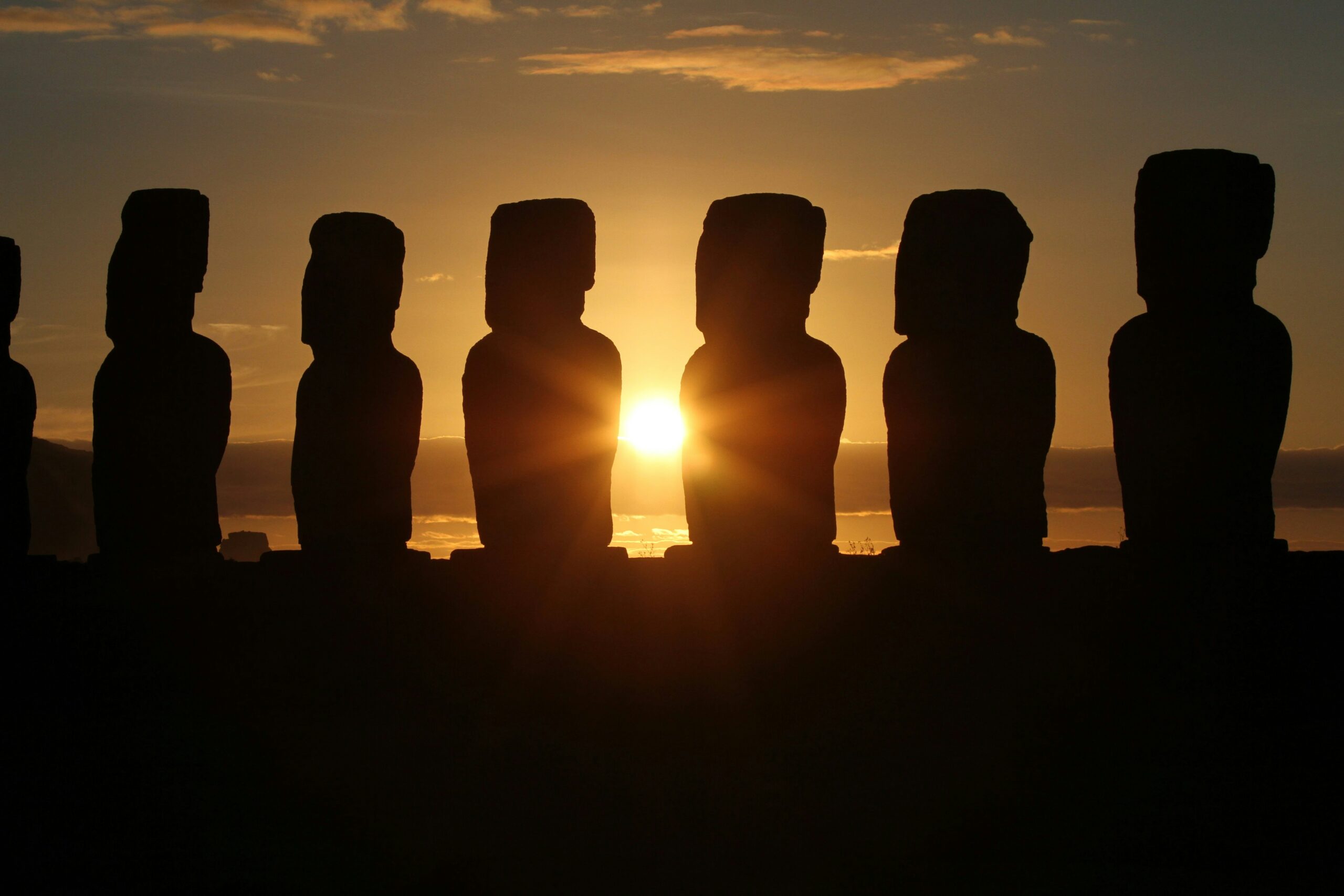
The iconic moai statues of Easter Island, a symbol of cultural heritage and an essential part of the local tourism economy, are under threat from climate-induced rising sea levels, according to a recent study published in the Journal of Cultural Heritage. This study sheds light on the potential disastrous effects of climate change on one of the world’s most famous landmarks.
Key Facts
- The study suggests that powerful seasonal waves exacerbated by rising sea levels could damage Easter Island’s moai statues by 2080.
- Noah Paoa, the study’s lead author and a doctoral student at the University of Hawaii at Manoa, emphasizes the immediate threat of sea level rise.
- The research involved creating a high-resolution “digital twin” of the island’s eastern coastline to simulate future wave impacts.
- About 50 other cultural sites on Easter Island are also at risk, highlighting a broader threat to global cultural heritage sites.
Background
Easter Island, known to its Indigenous Rapa Nui people as Rapa Nui, is a Chilean territory located in Polynesia. It is famous for its approximately 900 moai statues, created by the Rapa Nui people between the 10th and 16th centuries to honor their ancestors and leaders. The largest of these statues are located at Ahu Tongariki, the island’s most prominent ceremonial platform, which attracts tens of thousands of visitors annually.
Historical Vulnerability and Present Threats
In 1960, a massive earthquake off the coast of Chile generated a tsunami that struck Easter Island, causing significant damage to the statues, some of which were swept inland. Although restoration efforts in the 1990s helped to repair some of the damage, the new study indicates that the moai and other cultural sites are again at risk, this time from a different kind of wave—the rising tide of climate change.
Global Context and Comparative Risks
A recent UNESCO report echoes the findings from Easter Island, indicating that approximately 50 World Heritage sites are now highly vulnerable to coastal flooding due to rising sea levels. This global assessment stresses that cultural heritage sites, especially those in low-lying coastal areas, face unprecedented risks from environmental changes. In regions like the Mediterranean and Africa, nearly three-quarters of these sites are exposed to potential erosion and flooding.
Potential Mitigation Strategies
The study proposes several strategies to protect Ahu Tongariki and other vulnerable sites on Easter Island. These include armoring the coastline with robust structures, building breakwaters to dissipate wave energy, and, as a last resort, relocating the monuments to safer grounds. These measures aim to proactively address the threat rather than responding after significant damage has occurred.
Looking Forward
Noah Paoa advocates for immediate action, urging that discussions and implementations of protective measures take place now to avoid irreversible damage to these invaluable cultural treasures. The situation at Easter Island serves as a critical reminder of the broader impacts of climate change on cultural heritage worldwide, necessitating urgent and sustained global efforts to mitigate these risks.